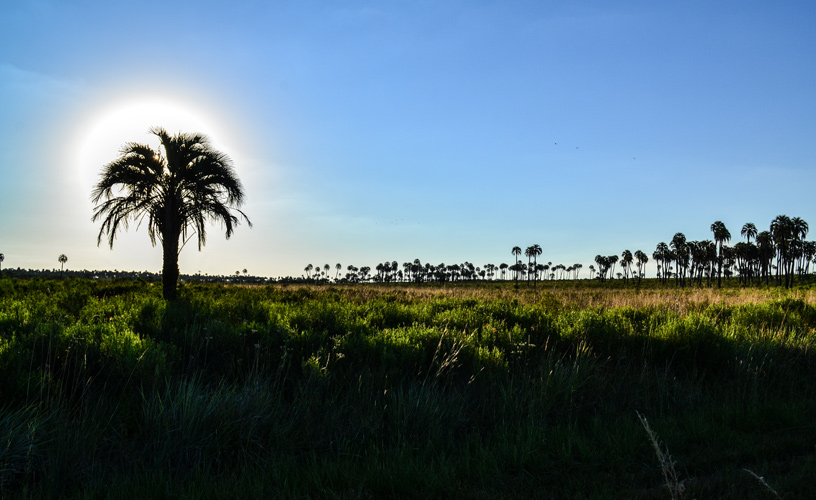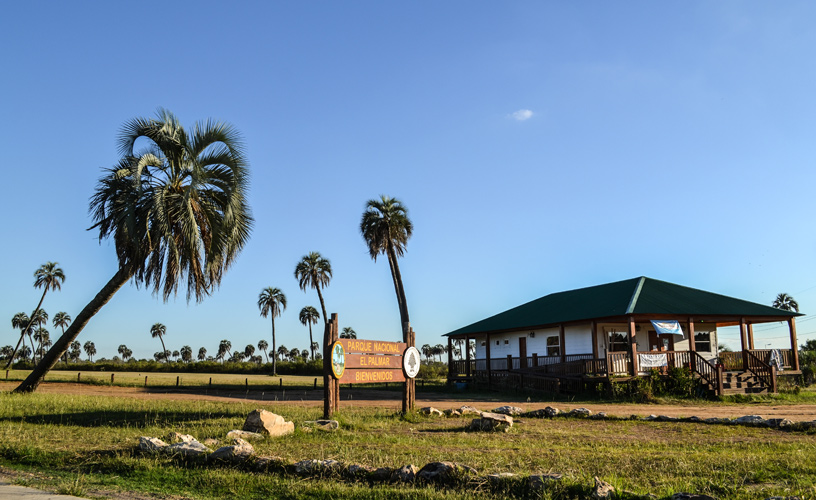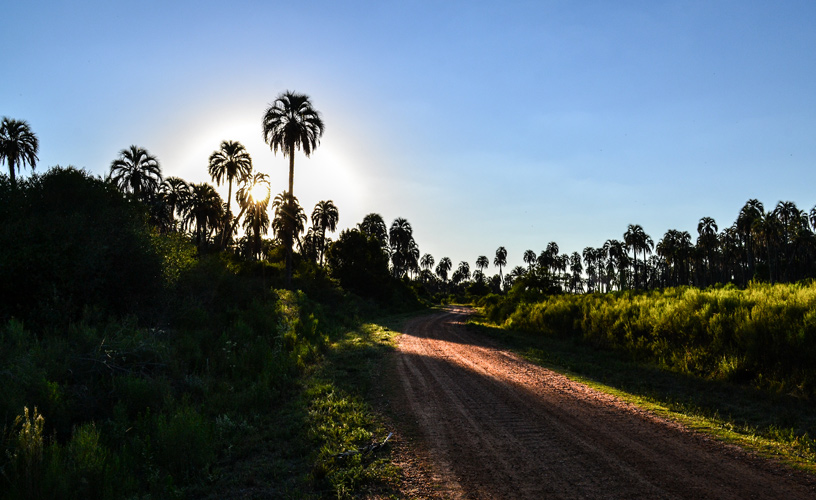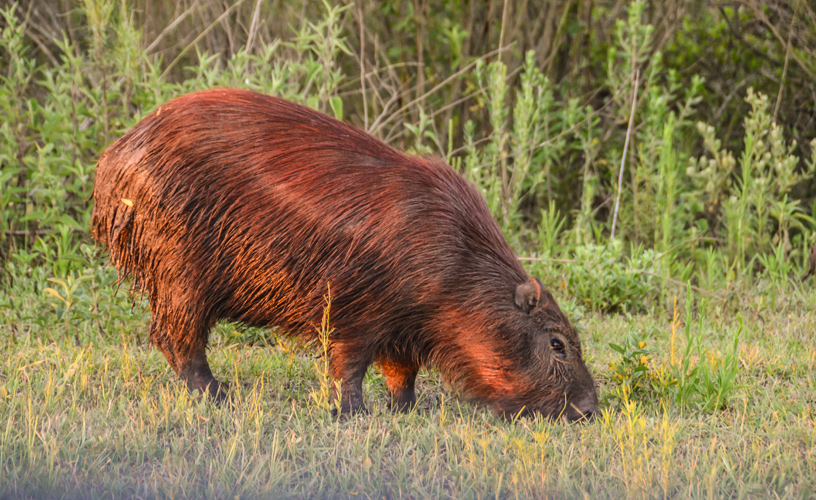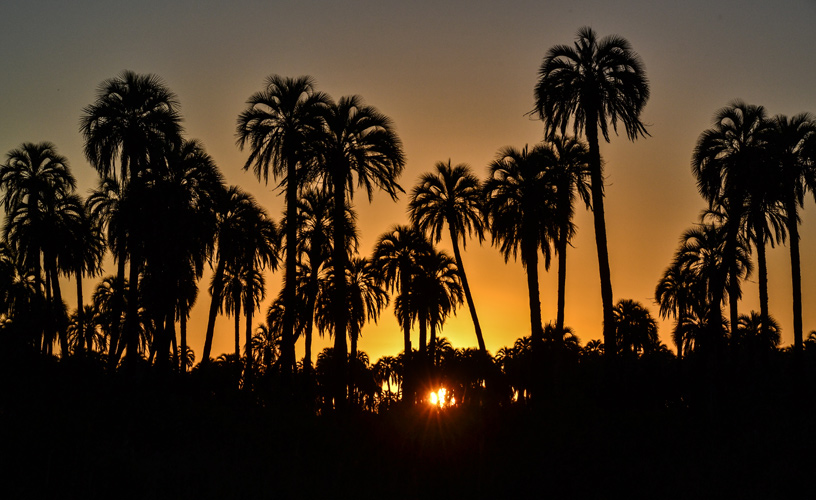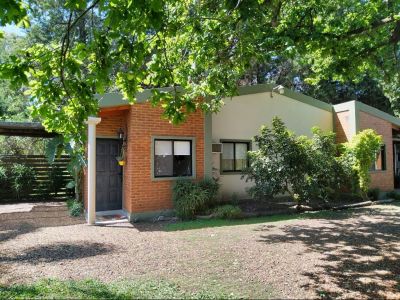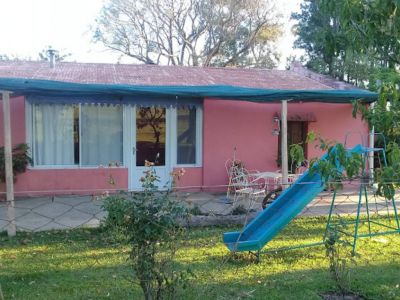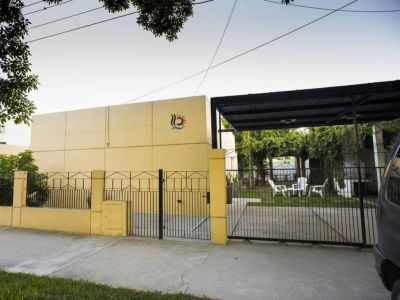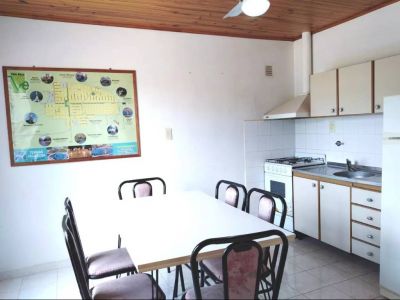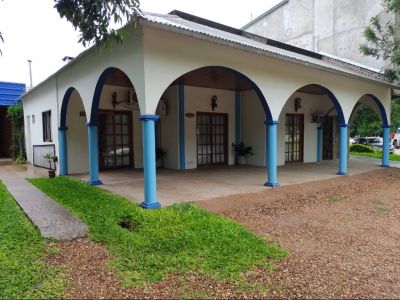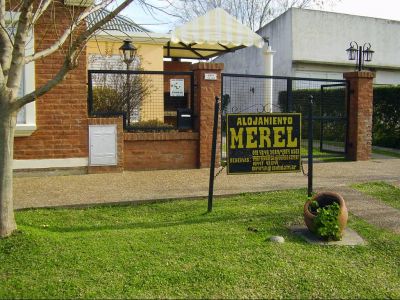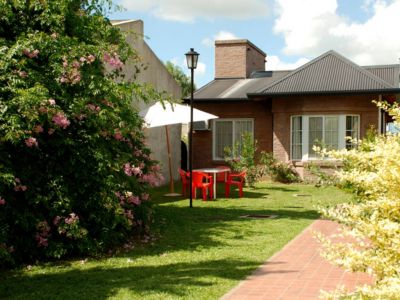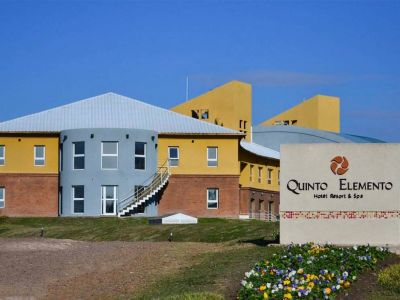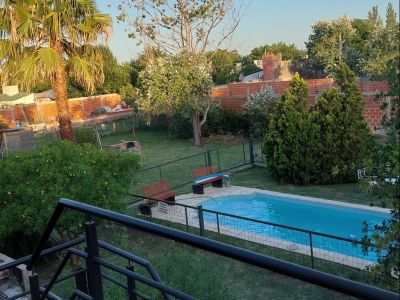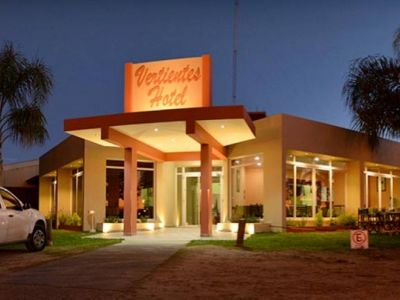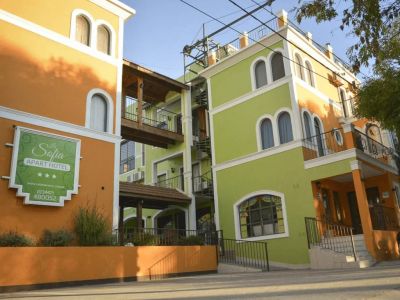A National Park
Located between the cities of Colón and Concordia, and near small Ubajay, El Palmar National Park was created in 1966 to preserve one of the last groves of Yatay palm trees on earth.
The Yatay is a kind of palm tree which some centuries ago grew throughout the province of Entre Ríos, Uruguay and southern Brazil.
Besides protecting this specimen, El Palmar National Park ensures that other ecological environments considered mankind natural heritage be valued and respected.
El Palmar National Park
Among these ecological environments there is a kind of rainforest in the shape of a corridor which begins in Misiones and reaches this area. As well, there is the espinillo or xerophile vegetation wood. From its source, the Uruguay River carries seeds of different species that colonize unspoiled dunes thus giving shape to subtropical forests called “corridors”.
Reaching El Palmar means finding a kind of divine serial production which very soon catches the attention of visitors. The physical features of the palm tree are the greatest attraction. Its green leaves and tall stems and silhouettes deformed by the wind are a remarkable attraction for visitors. But what is most attractive for visitors is that it is impossible to count them: they become infinite to human sight.
Obligatory Paths
Visitors arrive at La Portada, which is the entrance to the park. There, the authorities provide visitors with brochures and a map with different attractions and paths to be discovered.
There, innumerable palm trees appear and different paths lead visitors along them. El Palmar stream is, together with the De los Loros stream, the most interesting site to watch native flora and fauna: from hundreds of bird species to lizards, vizcachas and big tortoises that have adopted both streams as their favorite sites.
The Park Administration, the Tourist Office, the Park Headquarters and the only camping site where staying overnight is allowed stand at the end of the route.
The park’s famous historical ruins may be accessed from there. It is one kilometer away across the corridor rainforest, next to two bridges specially designed for this tour. When the bank of the Uruguay River is reached, the constructions may be spotted. These ruins, which belonged to an ancient lime facility, unveil the remains of limekilns, an old jetty and some old houses built by the river.
But the real protagonists are the palm trees, known as the “Yatay” variety, which form colonies with specimens over 300 years old and over twenty meters high.
Maybe due to all this, El Palmar is one of the sites on earth where seeking for explanations about its origin or formation is useless. And where nature, with its secret, will continue to be an enchanted place. It will still be God’s fault.
Pablo Etchevers
Cristina Sabaliauskas - Welcomeargentina.com
Contact of the excursion or tour
Parque Nacional El Palmar
Ruta Nacional Nº 14 - Km. 198, Colón, Entre Ríos, Agentina
Phone: +54 3447-493053
